If you guys missed the very first post in this series: you can visit it here to learn more about it what it will include and why I’ve started it! To view all the posts in this series to date, go here.
As a reminder, I’m first going to highlight some general budget-friendly options for each of the main food groups that I believe are important to include in a balanced, nutrient-dense diet: Protein, Grains, Fruit, Vegetables, Dairy and Heart-Healthy Fats. Note that I usually include Dairy as part of my Protein group, but for the sake of this series I’m going to break them out into two separate categories.
Today we’re talking all about grains!
This post will be similar to the way I structured the budget-friendly produce picks where I’m going to share some helpful guidelines for getting the best bang for your grain buck. In general, grains are pretty cost efficient, but I’ve got a few tips below that can help ensure you’re being a smart consumer when it comes to buying them.
Helpful Guidelines for Budget-Friendly Grains:
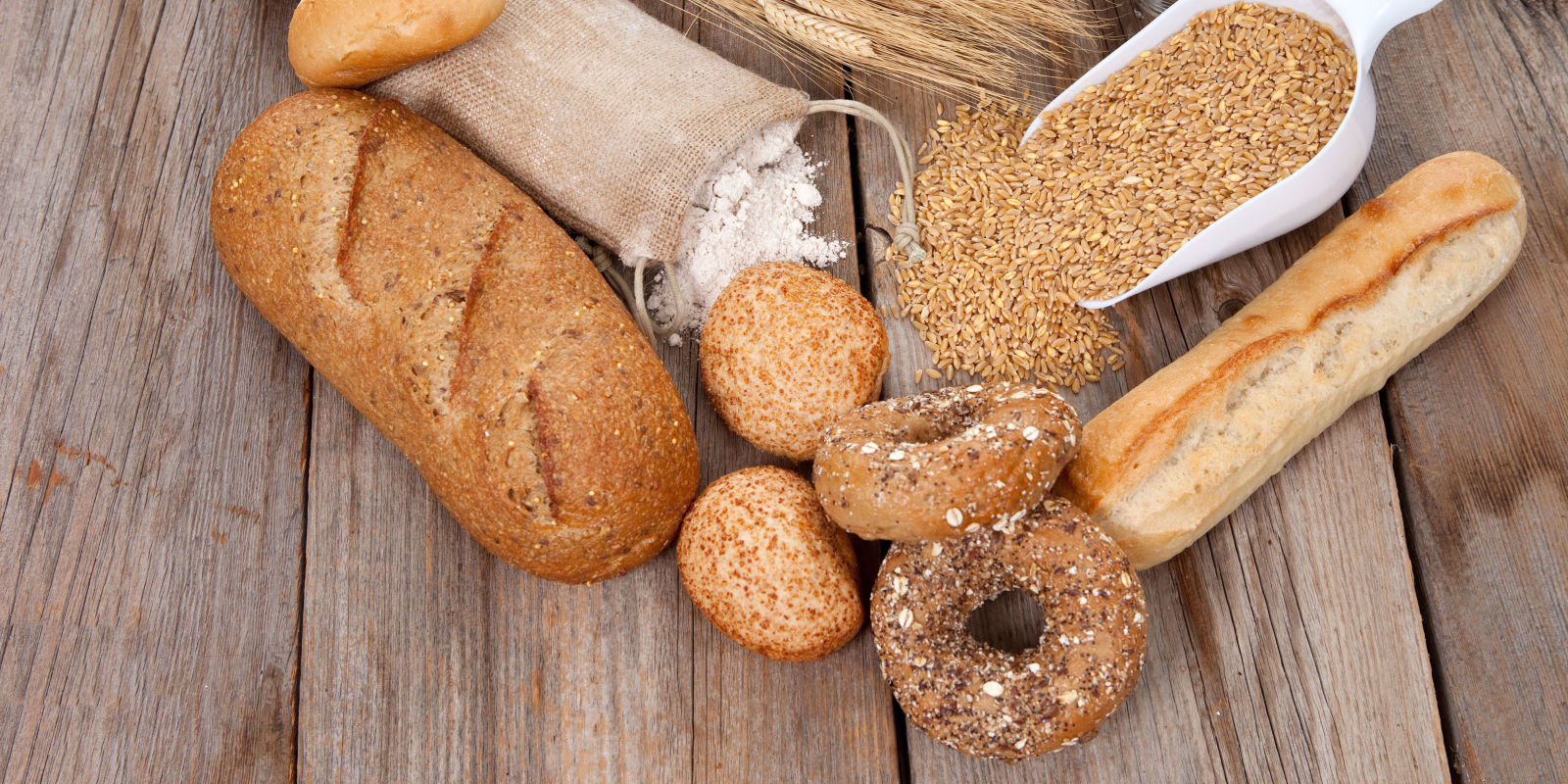
image source
1. Head to Bulk Bins for Variety: Bulk bins are the best way to buy a good variety without breaking the bank. You can mix and match the different types of grains you buy (oats, bulgur, rice, wheat berries, etc.) and buy only the amounts you’ll use. Granted, grains can last a while, but if you’re trying to stay on a budget, I find buying just the amount you’ll use each week is easier to swallow when it comes to checkout. That said, you can definitely store and any leftovers you have – if you want to get ambitious, you could probably buy a couple weeks worth of grains and not have to worry about them the following week (but you risk missing out on potential sales down the road!).
2. Choose Items You Can Repurpose into Multiple Meals: Think about the different meals you’re going to create that week before you shop for your grains. I like to use whole grain pastas, rice and others that can easily be made into many different things. For instance with rice you can do a stir-fry, a burrito, a burrito bowl, a casserole, a cinnamon apple breakfast dish, etc. Whereas with an item like a bagel, if you buy an entire bag of them, you’re pretty much limited to the number of ways you can use them.
3. Don’t Shy Away from Generic: Unlike with meat and produce where people have a definitive preference for brand, organic vs. not, etc., store brand versions of grains often hold up really well against more expensive brands. Store brand versions of items like whole wheat pasta, brown rice, farro, buckwheat, kamut, oatmeal, etc. are usually cheaper than brand name versions and taste just as good!
4. Opt for Unprocessed: It can definitely be tempting to buy grains that are already made, but any amount of processing adds to the price. Similar to my advice about bulk bins, try to buy grains that you can cook at home. This not only saves you money but also allows you to cut down on the amount of salt and fat that processed foods often add.
5. Go Whole Most of the Time: While all types of grains fit into our diet and fulfill that nutrient requirement, it’s recommended from a nutritional standpoint to make at least half our grain consumption whole. And while it’s great nutritionally, it will also help with your budget. Whole grains contain just that, the whole grain – the bran (which contains fiber), the germ (which contains some protein and healthy fat) and the endosperm (which contains a little protein and is the only portion of the grain used in refined grains). All these elements help to keep us feeling fuller longer than whole grain’s refined flour counterparts. That means you can stretch your haul just a little bit further because you’ll feel satisfied on less! Read more about whole grains here.
4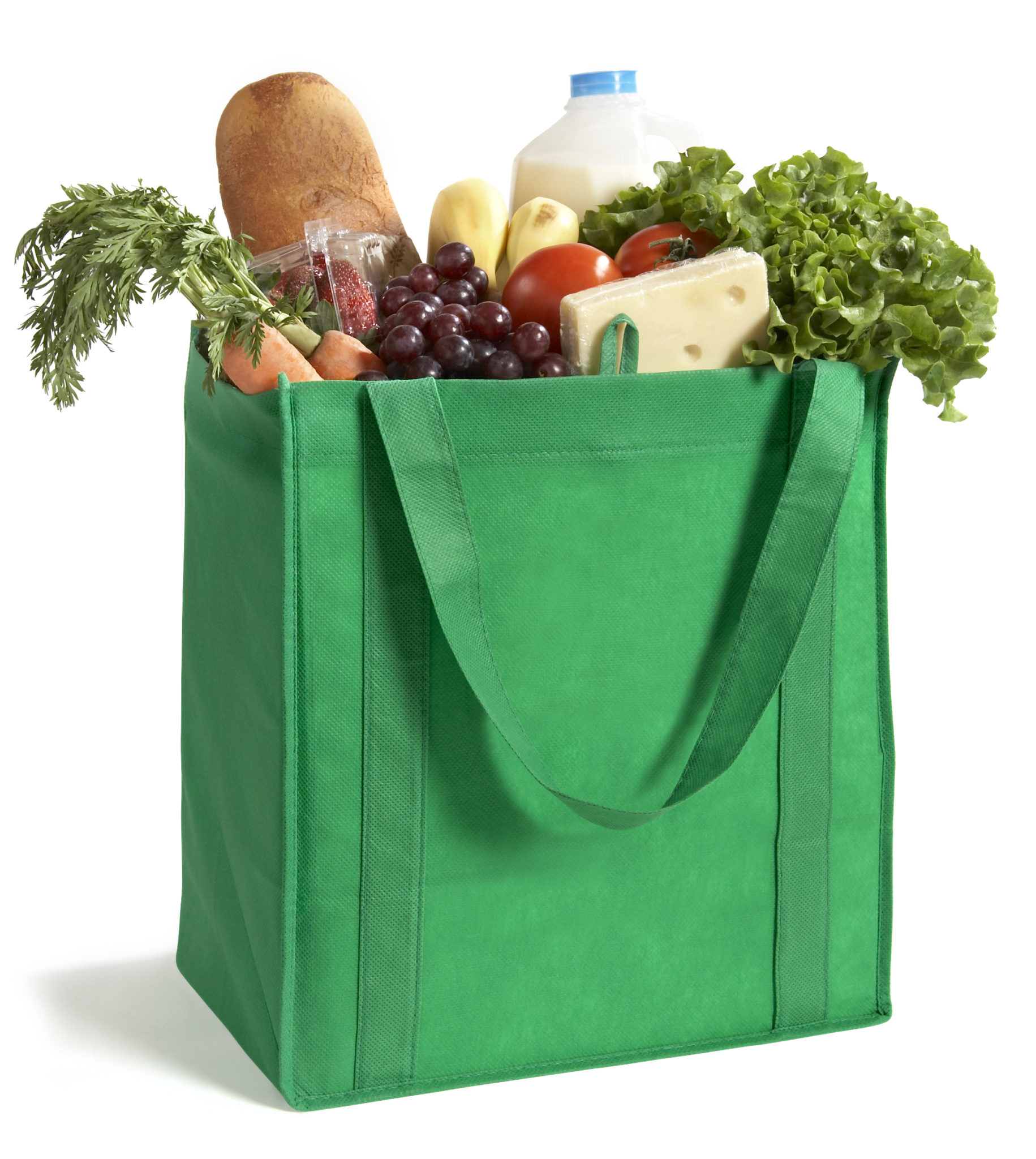
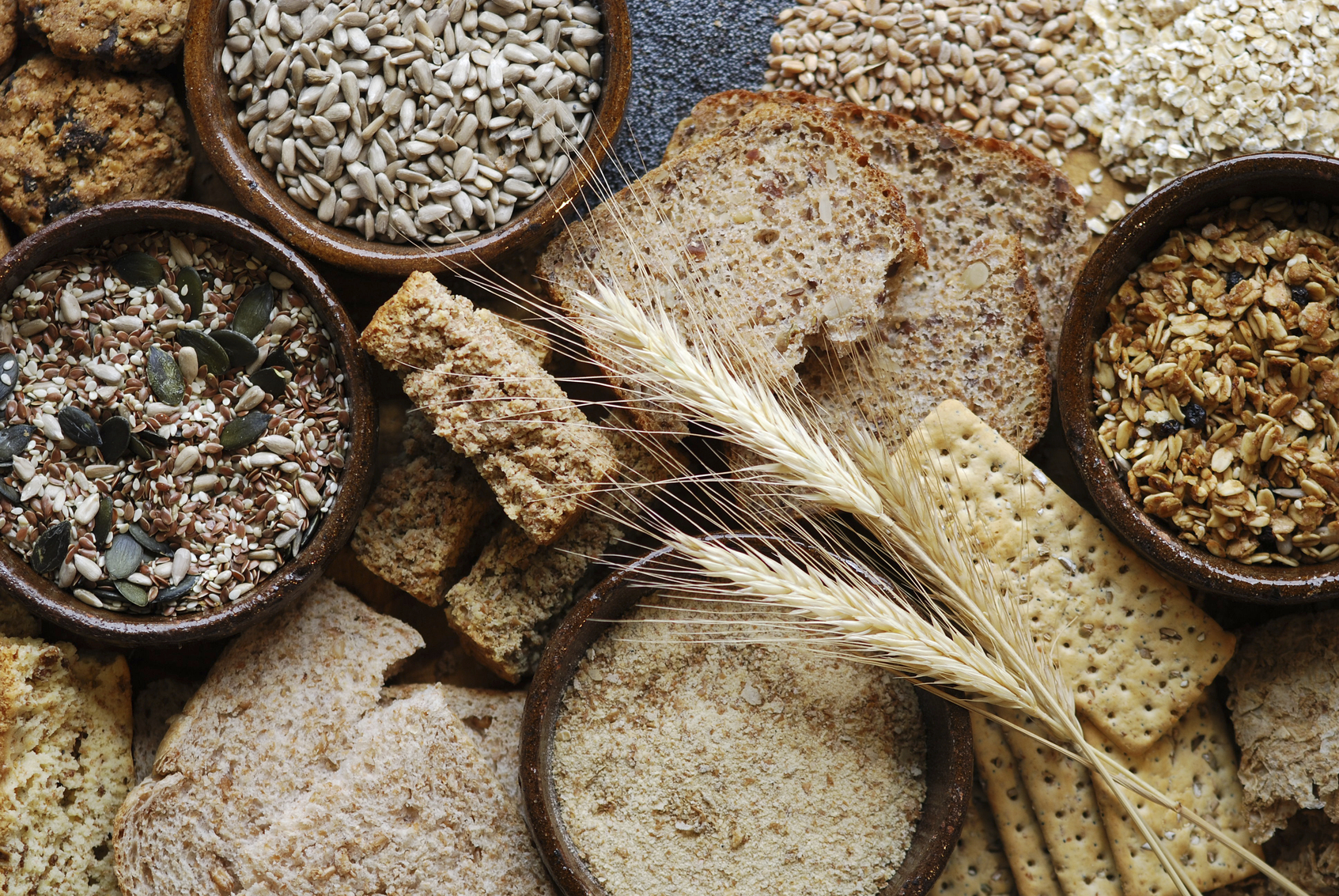
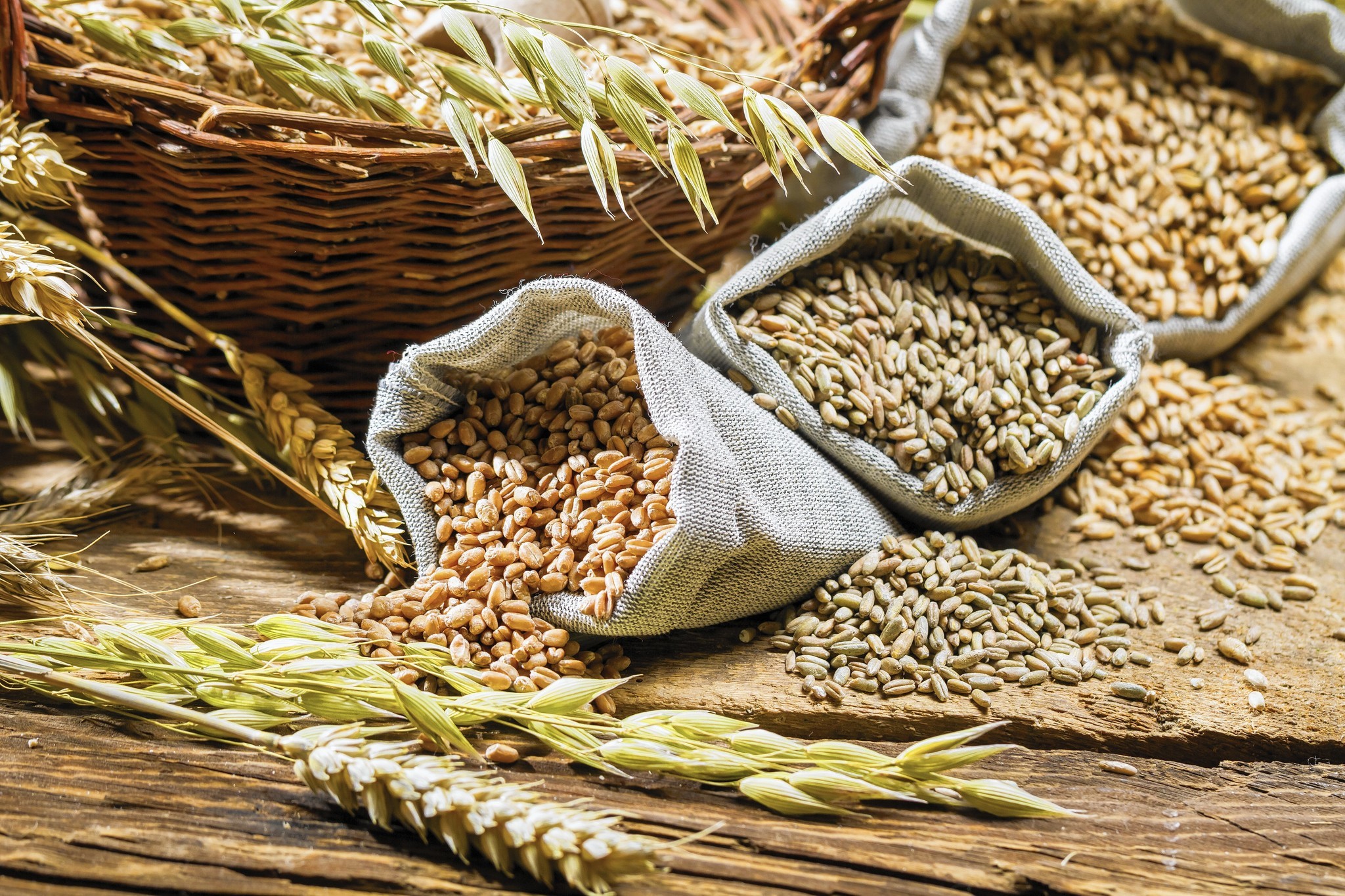
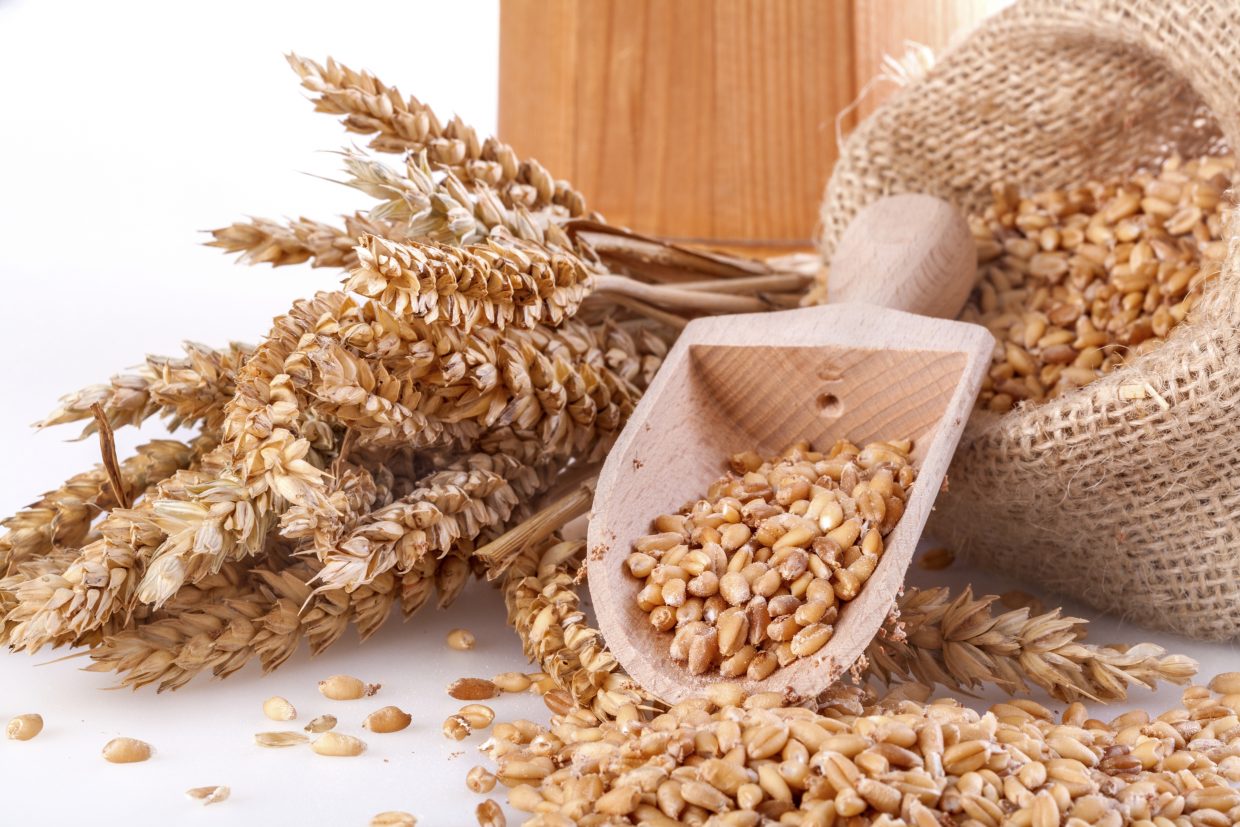
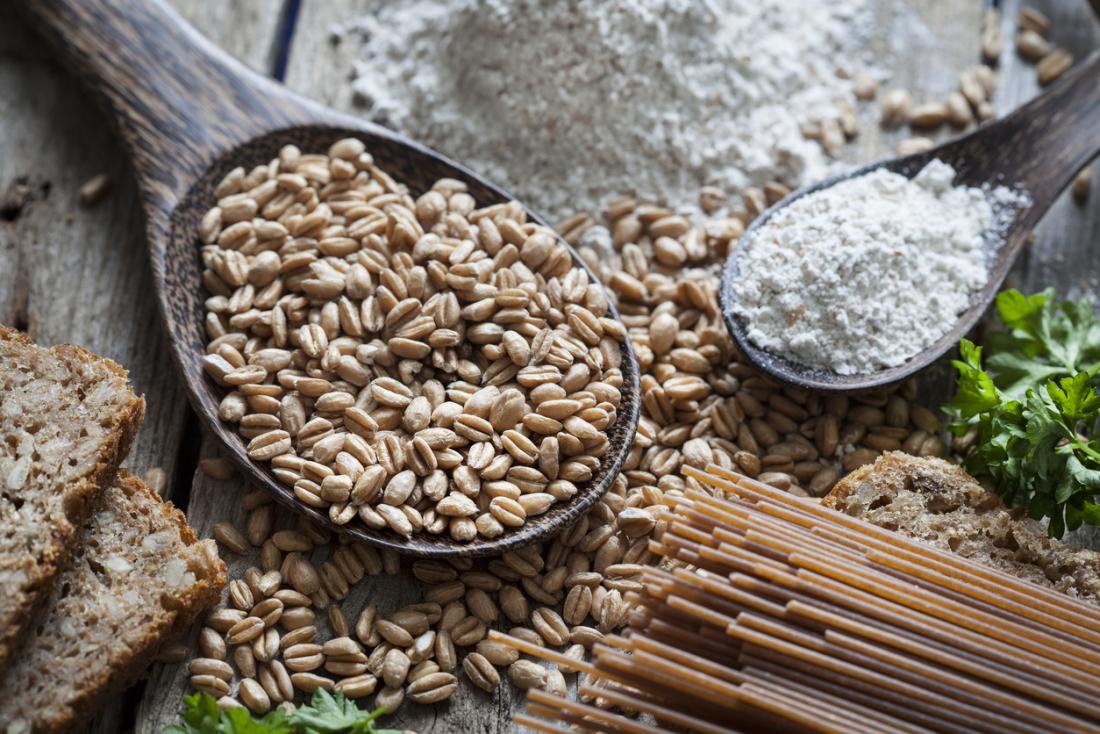
Leave a Reply